ZJU scientists develop soft robot for exploration in Mariana Trench
The Mariana Trench is the deepest part of the Earth. Without a pressure-resilient “armor”, a man-made machine would be destroyed by the overwhelmingly hydrostatic pressure if it were to venture into this uninhabitable territory. However, deep-sea creatures can thrive at extreme depths thanks to their unique anatomies. If we can draw inspiration from deep-sea creatures, converting the “secret of life” into the “power of machinery”, we will be able to develop intelligent machines that can adapt themselves to complex environments, thus promoting the exploration of deep seas.
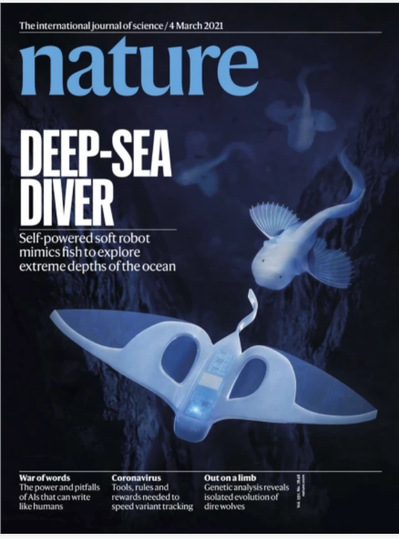
The research team led by Prof. LI Tiefeng from the Center for X-Mechanics at the Zhejiang University School of Aeronautics and Astronautics and Zhejiang Lab conducted inter-disciplinary research with its partners and pioneered in proposing the principle of pressure adaptation in mechatronic systems. They developed an untethered bio-inspired soft robot for deep-sea exploration, with onboard power, control and actuation protected from pressure by integrating electronics in a silicone matrix. This self-powered robot can successfully eliminate the requirement for any rigid vessel.
Their research findings were published as a cover story entitled “Self-powered soft robot in the Mariana Trench” in Nature on March 4.
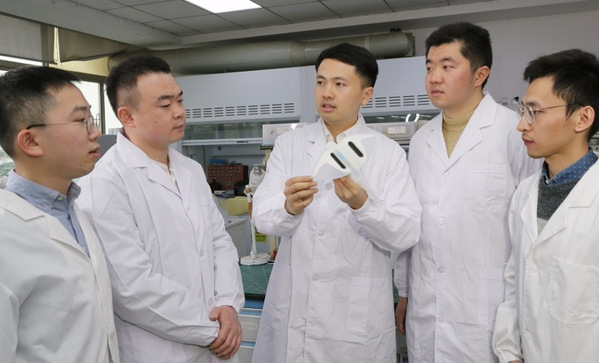
Inspiration from a snailfish
Biological studies have found that hundreds of species live at depths ranging between 6,000 meters and 11,000 meters in the Mariana Trench and the snailfish is one of them.
How strong is the pressure at a depth of 10,000 meters in the deep sea? “At the bottom of the 10,900-meter-deep sea, the hydrostatic pressure is about 110 MPa. To draw a less appropriate analogy, it is equivalent to a one-ton-heavy car imposed on the tip of a finger. In the past, rigid vessels or pressure-compensation systems were required to overcome the extremely high pressure in the deep sea, thus able to protect mechatronic system,” said LI Tiefeng.
The soft robot developed by LI Guorui (the first author) et al. exhibits remarkable swimming performance due to its soft actuator, including dielectric elastomers (DEs) and flapping fins. The electronics, including a battery and a microcontrol unit (MCU), are encapsulated in a silicone soft body. To enhance pressure resilience, researchers mitigated the shear stress by using a decentralized design in which the components are wire-connected with or separated onto several smaller printed circuit boards.
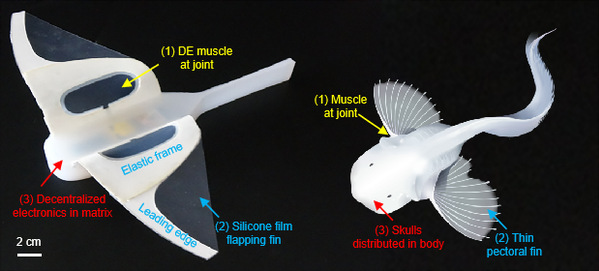
The soft robot bears a striking resemblance to a snailfish in appearance. It is 22 centimeters long and 28 centimeters in wingspan. To achieve a highly-adaptive, pressure-resilient and structurally complete soft robot, researchers adopted an alternative approach. Samples of snailfish collected by the research team led by HE Shunping from the CAS Institute of Deep Sea Science and Engineering in the Mariana Trench also provided inspiration for the design of the soft robot.
This fish is marked by a distributed skull and flapping pectoral fins, which enable it to live in high-pressure environments.
Researchers managed to improve the pressure resilience of the electronic components and soft actuators, thereby enabling the whole system to adapt to high pressures in the deep sea without any rigid vessel. “We aim to build small-sized, ductile and intelligent deep sea robots so as to reduce the difficulty and cost of deep-sea exploration,” said LI Guorui in Zhejiang Lab.
The DE muscle
The flapping fins (each with two DE membranes) of the soft robot are powered by the compact high-voltage amplifier. To swim freely, the soft robot should also be able to deal with the problem with reduced power at low temperatures and high pressures in the deep sea. The research team led by LUO Yingwu from the Zhejiang University College of Chemical and Biological Engineering developed self-powered DE muscle which can adapt to extreme temperatures. It can function properly even in the Mariana Trench (at approximately 110 MPa and 0~4°C). The DE muscle is another major breakthrough of this research.
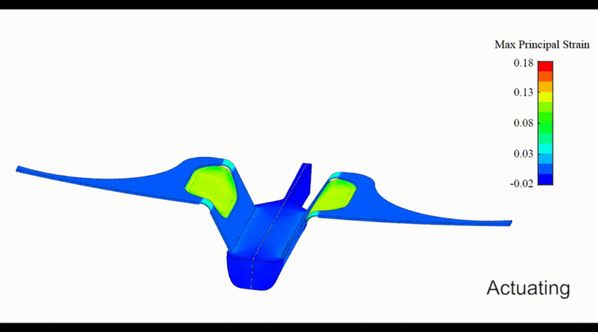
To achieve the fluttering of the fins, researchers ingeniously used the seawater outside the DE muscle as negative charges. When a high voltage was applied, positive and negative charges would accumulate on the opposite sides of the DE muscle. The deformation of polymer membranes could thus generate the flapping motion of the fins for propulsion.
Multidisciplinary synergy
“Mechanics is an ancient and traditional discipline. This research mirrors the critical role of X-mechanics in multi-disciplinary research and it is the outcome of cooperation among researchers with different academic backgrounds and technical specialties.” In addition to research teams from the Zhejiang University School of Aeronautics and Astronautics and Zhejiang Lab, researchers from colleges and schools at Zhejiang University, including the School of Mechanical Engineering, the College of Energy Engineering, the College of Chemical and Biological Engineering and the Ocean College, and the CAS Institute of Deep Sea Science and Engineering, participated in this project.
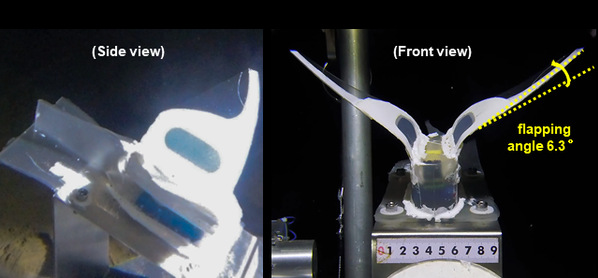
In this work, researchers verified the feasibility of materials and structures through a large quantity of simulation experiments in high-pressure environments. This soft robot experimentally proved to work properly in harsh and special environments, including deep seas, polar regions and high-impact areas.
This work will largely promote the research progress of deep-sea robotics. “This research opens up a new channel for deep-sea explorations and environmental observations, and is expected to improve the application capability of deep-sea intelligent devices and robots in multiple tasks and complex scenarios,” said LI Tiefeng.